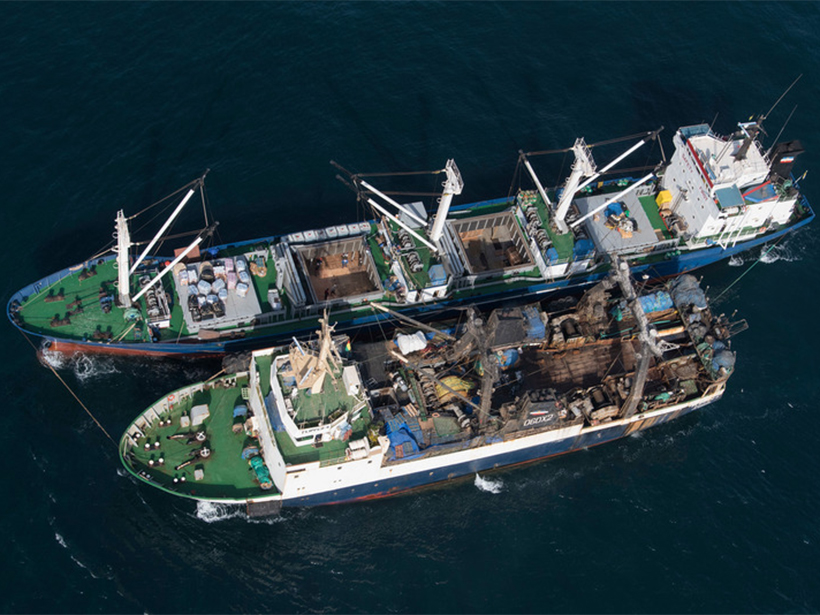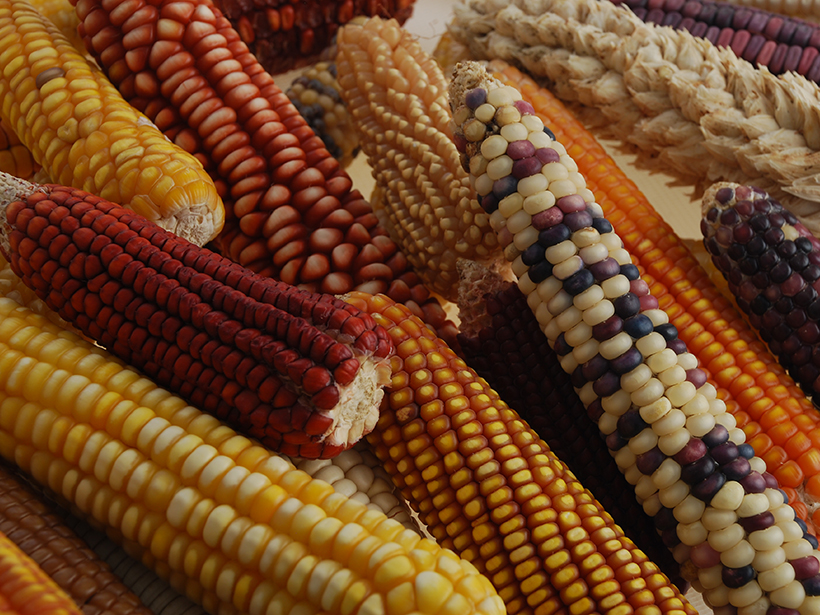A new critical zone observatory in India’s Ganga Basin helps researchers and farmers understand and improve the ways that human activities shape environmental processes.
food
Neanderthals Likely Ate Rotten Meat
Neanderthals have long been painted as meat-eating machines. But could a new look at a dietary proxy and how it changes when meat rots uncover insights into what these extinct hominids really ate?
Cave Bacon and Other Delectable Science Terms
As you prepare to feast, save room for springy yellowcake, breadcrust bombs, a cheese course on Mars, and more. Bon appétit!
Illegal Seafood Supply Chains Can Now Be Tracked by Satellite
Researchers pinpoint more than 10,000 likely transfers of catches between fishing vessels and cargo ships at sea. Knowing where these transfers occur can help officials crack down on illegal activity.
Tests Indicate Which Edible Plants Could Thrive on Mars
An undergraduate experiment grew vegetables and herbs in simulated Martian soil under Mars-like reduced daylight. The tasty results suggest that Mars colonists could farm their own produce.
Corn’s Ancestor Could Help It Go Green
The grandfather of modern corn may hold the key to reducing its need for chemical fertilizers.
Modern Chemicals from Mystery Source Taint Fish in Utah Lake
Utah Lake’s fish contain high levels of a potential carcinogen. Could removing some bottom-feeders reduce this contamination?
North American Wild Rice Faces Sulfide Toxicity
Researchers have developed a model to inform the regulation of sulfate levels in freshwater environments that are threatening the iconic plant.
Working Towards a Sustainable Future
A new book on the water-energy-food nexus contributes to the global debate about this concept in both principle and practice.
David A. Seekell Receives 2016 Science for Solutions Award
David A. Seekell received the 2016 Science for Solutions Award at the American Geophysical Union Fall Meeting Honors Ceremony, held on 14 December 2016 in San Francisco, Calif. The award is for "significant contributions in the application and use of the Earth and space sciences to solve societal problems."









